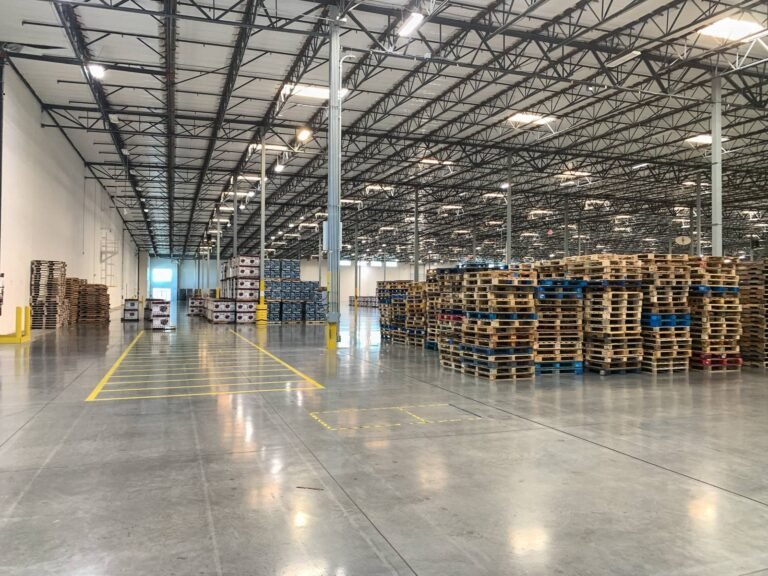For business owners seeking capital, the decision between traditional debt financing and a sale-leaseback can shape the trajectory of growth, liquidity, and long-term flexibility. While both options provide access to funds, they differ significantly in structure, impact on the balance sheet, and strategic advantages. At Harcrest, we help businesses evaluate these paths to determine which aligns best with their financial goals.
Here’s a simplified comparison of how sale-leasebacks compare to traditional debt and why more companies are choosing this alternative.
- Liquidity Without Added Debt
Traditional Debt Financing:
Debt financing provides capital through loans or credit lines, but it adds liabilities to the balance sheet. This can affect debt-to-equity ratios, limit future borrowing capacity, and trigger restrictive covenants.
Sale-leaseback:
A sale-leaseback converts owned real estate into cash by selling the property and leasing it back under a long-term agreement. This unlocks capital without increasing debt, preserving borrowing capacity and avoiding lender-imposed restrictions. - Tax Efficiency
Traditional Debt Financing:
Interest payments on loans are generally tax-deductible, but depreciation and other ownership-related deductions may be limited under current tax law (e.g., Section 163(j) limitations).
Sale-leaseback:
Lease payments are typically fully deductible as operating expenses, offering a more predictable and often larger tax shield. This can result in lower taxable income and improved after-tax cash flow - Balance Sheet Optimization
Traditional Debt Financing:
Debt increases liabilities and can negatively impact key financial metrics like return on assets (ROA) and interest coverage ratios. It may also require collateral, tying up other assets.
Sale-leaseback:
By removing real estate from the balance sheet, companies can improve ROA and reduce leverage. The transaction is treated as an asset sale, not a loan, which can make the company more attractive to investors and lenders. - Flexibility and Control
Traditional Debt Financing:
Loan agreements often come with covenants that restrict business decisions—such as limits on additional borrowing, dividend payments, or asset sales.
Sale-leaseback:
Sale-leasebacks offer greater operational flexibility. Businesses retain control of the property through a lease, typically with renewal options and built-in protections. There are no lender covenants or amortization schedules to manage - Strategic Planning and Exit Readiness
Traditional Debt Financing:
Debt can complicate exit strategies, especially if buyers are wary of high leverage or if refinancing is required during a sale.
Sale-leaseback:
Separating real estate from the operating business can enhance total valuation in a sale. Real estate is often undervalued in EBITDA-based valuations, but a sale-leaseback isolates its value, often resulting in higher proceeds.
A Strategic Alternative to Debt
While traditional debt financing remains a common tool for raising capital, sale-leasebacks offer a compelling alternative especially for businesses with valuable real estate assets. They provide liquidity without leverage, improve tax efficiency, and support long-term strategic planning.
At Harcrest, we specialize in structuring sale-leasebacks that align with your business goals, whether you’re preparing for a sale, recapitalizing, or planning succession.
Ready to explore whether a sale-leaseback is right for your business?
Schedule a confidential call with Harcrest below.




